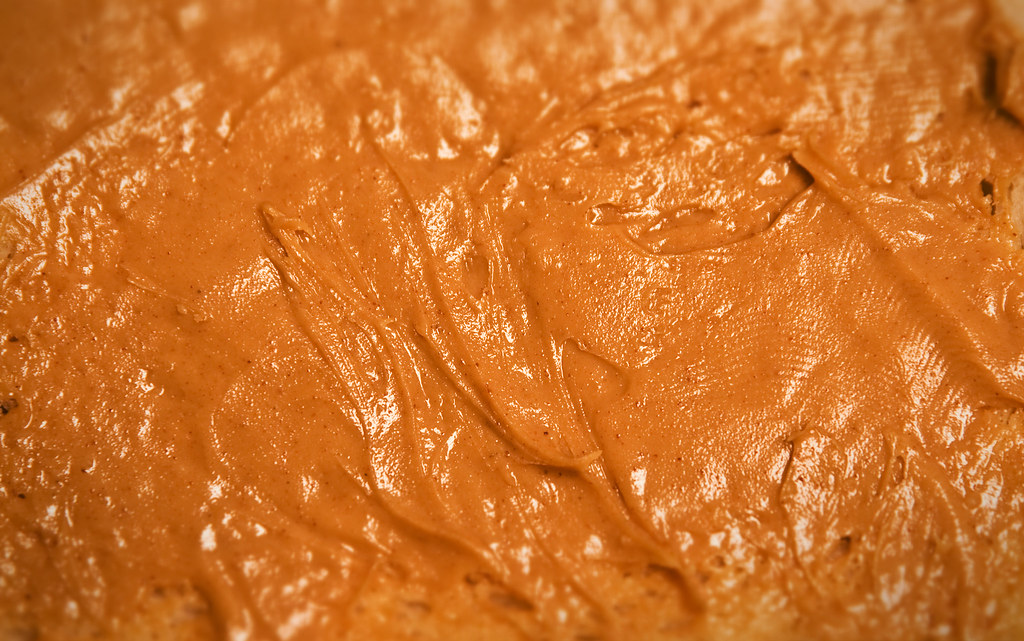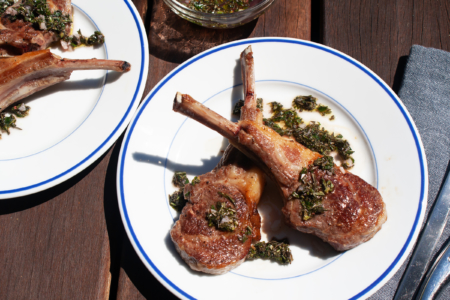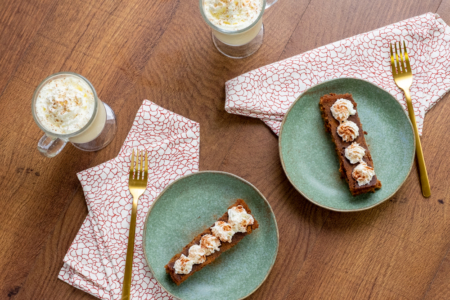Perhaps the most famous and delicious spread in the world is peanut butter. Rich, creamy, and nutty, this common delicacy can be paired with savory and sweet items alike.
History of Peanut Butter
It’s unclear when people first started crushing and mashing peanuts into a palatable spread, but we do know when it first became commercialized. In 1884, Marcellus Gilmore Edson from Montreal, Canada obtained a patent for a method of producing peanut butter from roasted peanuts using heated surfaces. At the turn of the 20th century, Dr. Ambrose Straub meanwhile obtained a patent for a peanut butter-making machine. Commercialized peanut butter was growing.
Local Californian, Joseph Rosefield invented a process which made peanut butter smoother by not allowing the oil to separate from the peanuts. By using hydrogenated oils, Rosefield developed a method for maintaining peanut butter’s spreadable quality. In 1932 he started selling peanut butter under the now world-famous name, Skippy.
Flavor of Peanut Butter
In taste, peanut butter is basically both sweet and salty (some manufacturers add sugar to their peanut butter, making it taste less savory). Even when sugar is added to making this popular spread, peanut butter retains its salty and savory taste through the process. It has a very unique earthy taste to it. Even though peanut butter is not exactly a nut (it’s a legume), it still has a nutty taste to it. In short, peanut butter has a sweet, salty, and nutty flavor that some people can’t get enough of.
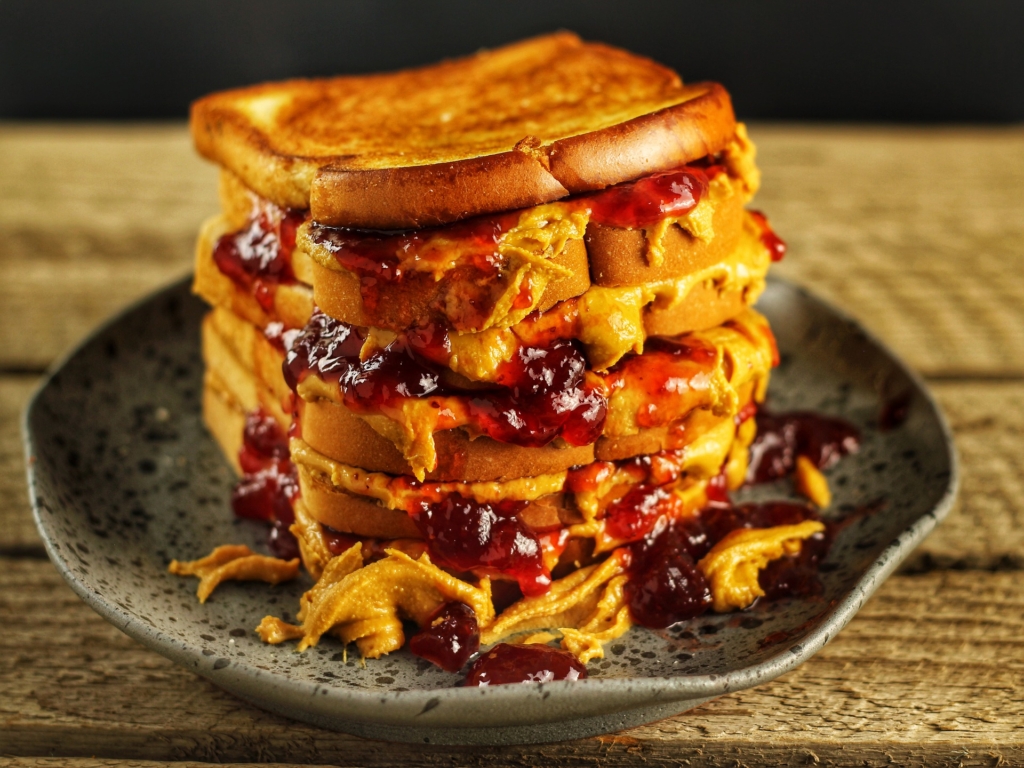
Health Benefits of Peanut Butter
Peanut butter is a good source of saturated and monounsaturated fats. In 100 grams of peanut butter, there are 597 calories, as well as 51% fat, 22% proteins, 22% carbohydrates, and 1% water.
Peanut butter is also a rich source of Vitamin E and B6, magnesium, zinc, copper, sodium, pantothenic acid, and phosphorus. For those who do not suffer from peanut allergies, peanut butter can be a good source of nutrition.
Culinary Benefits of Peanut Butter
Peanut butter is one of the most versatile spreads, loved by kids and adults alike.
The ultimate and the most famous use of peanut butter is undoubtedly the peanut butter and jelly sandwich, also known as PB&J. With many varieties of peanut butter and jelly on the market, there are endless possibilities for this classic sandwich from crunchy to creamy peanut butter to near limitless types of jams and jellies.
Oh, and how can we forget about peanut butter cookies and candies?
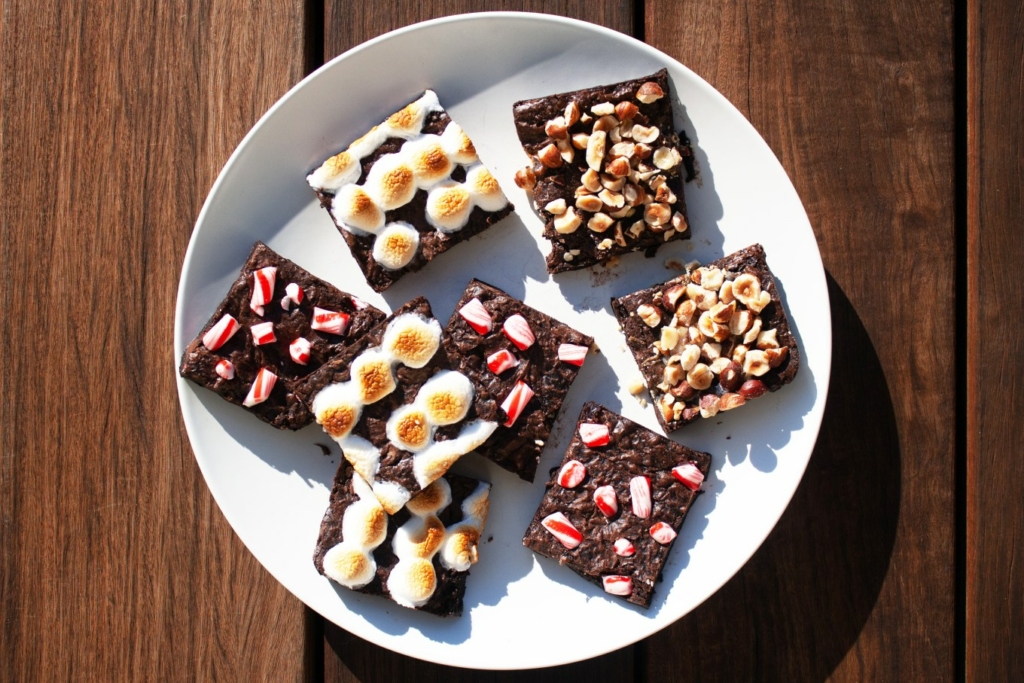
If we talk about desserts, then peanut butter complements almost any ingredient. It’s easy to relish peanut butter ice cream or any pairing of peanut butter and chocolate.For a delicious start to your day just add a tablespoon of peanut butter to your pancake batter or to your oatmeal for added protein, fat, and flavor.
We really love peanut butter in brownies and mousse. And, we have a great recipe for brownies! Check it out here. You can also try out some peanut butter cupcakes. This is the recipe we vouch for.
Peanut butter is as effective on savory dishes as it is on sweet ones. Marinating chicken and using it on bacon sandwiches is one of the many ways to use it. Peanut butter also adds a distinct flavor to any salad. Here’s a recipe that we love.
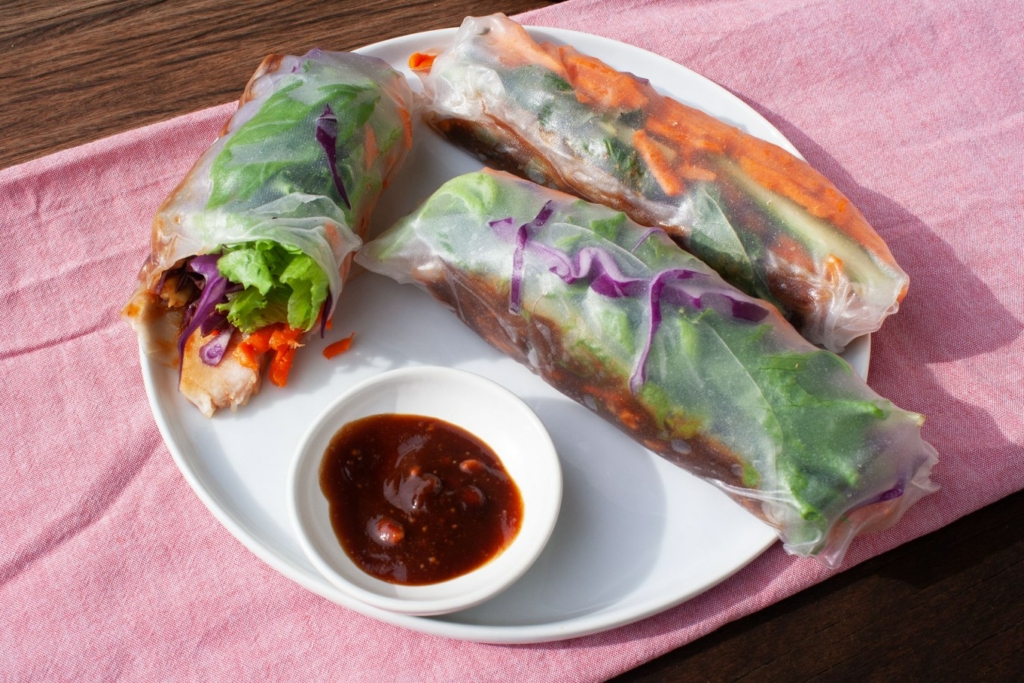
So, simply spread some peanut butter on cakes, crepes, and any dessert that needs a bit of sweet and salty flavor.
Types of Peanut Butter
There are two types of peanut butter. One is crunchy (chunky) and the other one is smooth (creamy). Some coarsely grounded peanuts are added to make the peanut butter crunchy, while peanuts are grounded pretty uniformly to make the smooth peanut butter which is mainly used as a spread-like butter.
There is one other variant which is organic and is known as artisan peanut butter. Artisan peanut butter is preservative-free, additive-free, and often handmade. The market is very small for this variant but it does exist on a small scale. You can also easily make peanut butter at home with a food processor and some patience.
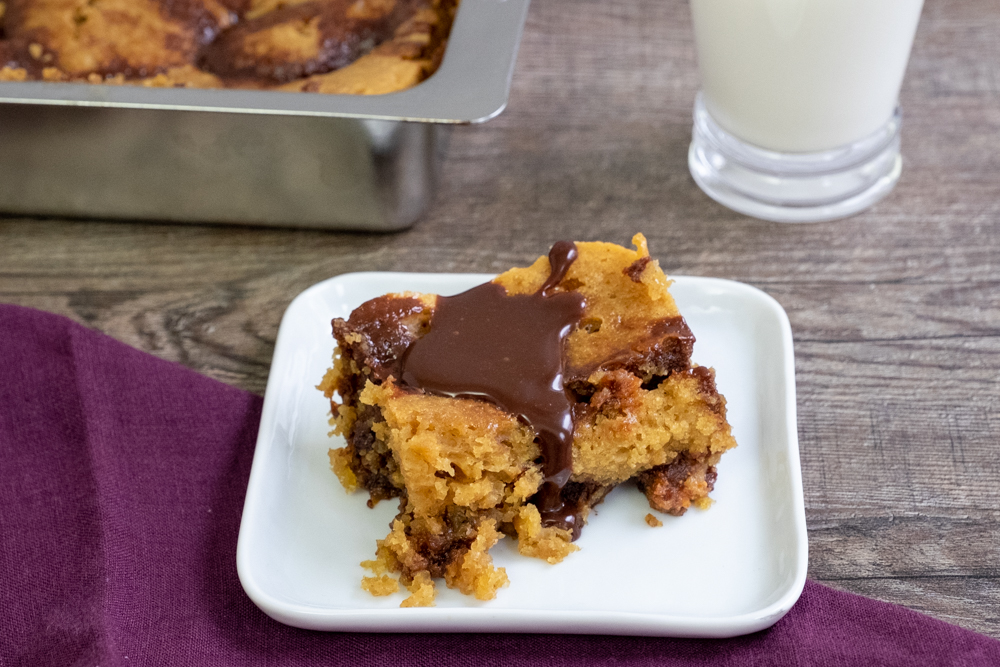
Storage
Once opened, peanut butter needs to be consumed within three months. You can also refrigerate the peanut butter to maintain its freshness. If not properly refrigerated, oil separation is a possibility, especially with unhydrogenated or natural varieties.
Feature Image: Flickr user mandolux ( CC BY-NC-ND 2.0 )
